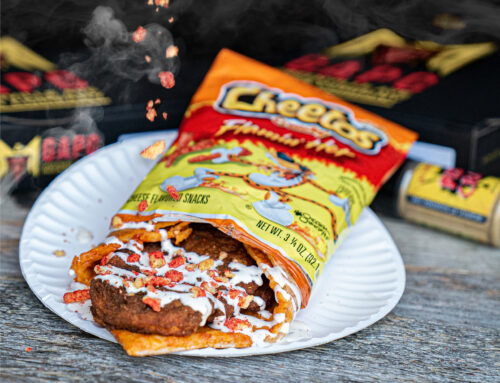Kelly Hardy’s grandmother made tea every day in the brown and cream English ironstone pitcher, the one painted with colonial scenes that had belonged to her mother before her.
“While it’s not of great monetary value — none of these really are — it is the most precious thing to me,” says Hardy. Picking up a violet-colored raku teapot she bought from an artist named ‘Raoul’ at a street festival, she begins to explain each item, the symbols and memories that are at the heart of most collections.
“The earthenware milk jug was handpainted by a lady named Diamond ,” Hardy continues. “She was my grandmother’s best friend and painted lots of things for her, always grapes or violets or berries, always in these colors. I thought her style was very distinctive and treasure this.”
Many family members have a presence. The turquoise piece is German and belonged to her husband Ron’s grandmother; the Italian ceramic was sent state-side by Hardy’s great uncle during World II. The first teapot Hardy ever received is Vietnamese, from her father, given when she was a very small child.
“Out of the collection of teapots has really grown a fascination with the art of tea — of English tea,” says Hardy. “ Ron and I have this pipe dream of having a bed and breakfast.
“I’m a pretty serious student of food and an avid student of hospitality,” she continues, standing in front of an elegant spread that includes stuffed tomatoes, pita bites with black beans and avocado, a peach and pineapple tart, and homemade raisin scones with hand-whipped cream. “I definitely want to have a tearoom in my little B&B.”
After explaining some of the different types of teas, and the proper manner of storing and brewing, Hardy returns to the teapots themselves. Her latest fascination is with miniatures, especially the brass hand-enameled pitchers, and their numbers are growing.
Aside from being enchanting, those don’t take up much space … leaving room, of course, for more.





